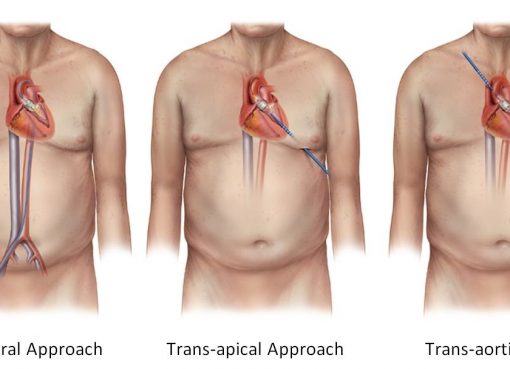Although many people mistakenly consider health and wellness interchangeable, they actually have distinct meanings. It is important to understand both terms and create a plan that will help you reach your goals. There is one major difference between the terms: health is a goal, and wellness is an ongoing process to achieve that goal.
For achieving total wellness, health is a key first step. While you can have good health, it is not enough to achieve total wellness. While health is one aspect of wellness, wellness encompasses all aspects of your life. Health is the state in which the body is healthy and free from any disease. “Health” is defined as “a state that includes all aspects of physical, mental, and social well-being. The body’s health is determined by how it functions. It includes nutrition, movement, and the absence of chronic or severe disease.
A healthy lifestyle and reaching one’s full potential is what wellness means. A positive attitude to life is a key component of wellness. It is the ideal state of health for individuals and groups. Even if you are not in good health, it is possible to achieve wellness. All aspects of wellness include your physical, mental, and social health.
The overall health of a person’s body is called physical health. You can improve your physical health by eating healthy foods, exercising regularly, and visiting the doctor to check for any other medical issues. The cornerstone of overall health and well-being is physical health. Mental health is an important part of overall health. Mental health can be achieved by addressing past mental blocks, thoughts, and traumas. You can nurture your mental health by making the right choices about how you care for your body. Therefore, mental health should also be taken into consideration. Gaining mental health doesn’t ensure your emotional intelligence. To make the right decisions in your day-to-day life, it is essential to have a healthy emotional balance.
Wellness encompasses all aspects of life. You can achieve a perfect state of well-being by being healthy in all aspects of your life. These 12 dimensions of wellbeing include your physical health, food intake, sun exposure, water consumption, lifestyle choices, financial health, spirituality, and finding your purpose in your life. A healthy lifestyle, goals and self-care are key to achieving a state of optimal well-being. Once you achieve your goal, focus on that area and then move to the next. This will allow you to make sustainable changes and live a healthier life. Wellness is about making active changes to balance all aspects of your life. Well-being is dependent on both health and well-being. You’ll be able to make informed decisions about your health and wellbeing.





